Do you have a question about the Cisco AIR-LAP1142N-A-K9 and is the answer not in the manual?
Warning symbol signifies danger; be aware of hazards and practices.
Details on reading instructions, required power sources, and grounding.
Compliance with electrical codes and reliance on building protection for overcurrent.
Warnings regarding explosive environments and FCC RF exposure limits for antenna placement.
Cautions regarding fasteners, pullout force, and indoor installation for mounting.
Notes on air space suitability and use with listed ITE equipment.
Steps for unpacking and verifying the access point and accessory kit contents.
Identification of key physical ports and components on the access point.
How to connect locally using a console port and serial cable for configuration.
Steps for assigning an IP address to the BVI via CLI using the console port.
Steps to access the CLI using Telnet for IP address assignment.
Explanation of Host Name, IP Address, Subnet Mask, Default Gateway, and SNMP Community settings.
Details on Radio Role in Network and optimizing radio network performance.
Using the Express Security page to create SSIDs, assign security types, and configure VLANs.
Details on security types, 802.11n requirements, and page limitations.
Step-by-step guide for creating an SSID using the Express Security page.
How to check the access point status LED for troubleshooting.
Table detailing LED status colors and their corresponding diagnostic messages.
Details on setting power sources, negotiation, and verifying switch status.
Details on dimensions, weight, operating conditions, compliance, safety, and EMI.
FCC compliance statement, models, manufacturer, and operational conditions.
Cautions on radio device operation and VCCI statement for Japan.
Rules for operating access points in Japan, provided in Japanese and English.
Statement on power cable usage and Canadian compliance.
Standards applied for European Community countries and CE mark.
Declarations of Conformity with R&TTE Directive 1999/5/EC in multiple languages.
RF exposure compliance declarations for US, Canada, EU, and Australia.
Administrative rules for low-power radio-frequency devices in China.
Special information for operating access points in Brazil.
| Model | AIR-LAP1142N-A-K9 |
|---|---|
| Category | Wireless Access Point |
| Wireless Standards | 802.11a/b/g/n |
| Frequency Band | 2.4 GHz and 5 GHz |
| Data Rates | Up to 300 Mbps |
| Mounting | Ceiling, Wall |
| Operating Temperature | 0 to 40°C (32 to 104°F) |
| Antenna Type | Internal |
| Power Options | 802.3af Power over Ethernet (PoE) |
| Features | CleanAir technology |
| Compliant Standards | IEEE 802.11a, IEEE 802.11b, IEEE 802.11g, IEEE 802.11n, IEEE 802.3af |
| Security Features | WPA2, 802.1X, AES |
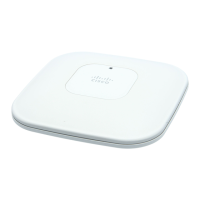
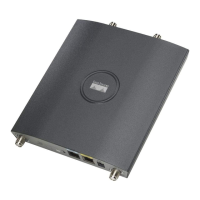
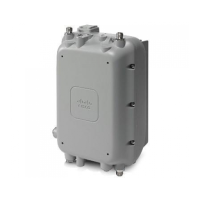

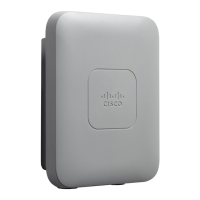

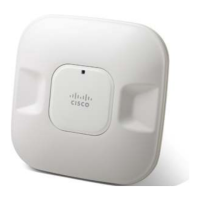
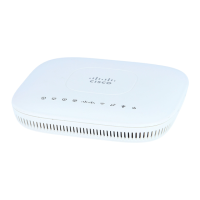
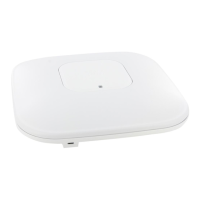


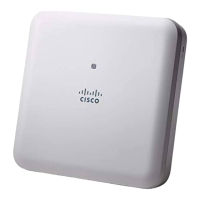
